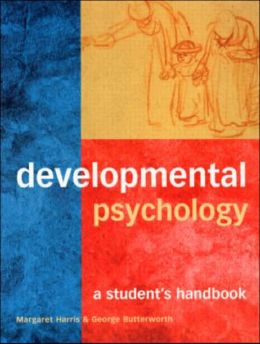-18%
REBT: Rational Emotive Behavior Therapy
Understanding the ABCDE Model of Emotional Disturbance and Change
The ABCDE model is a core concept within Rational Emotive Behavior Therapy (REBT). It outlines the process of how emotional disturbances occur and provides a framework for facilitating change.
A: Activating Event
The activating event is the initial trigger that sets off an emotional response. This can be an external event, such as a job loss or a relationship breakup, or an internal event, such as a negative thought or belief.
B: Belief System
Our belief system is a collection of core beliefs, assumptions, and values that filter and interpret our experiences. These beliefs can be either rational (logical and evidence-based) or irrational (unrealistic and self-defeating).
C: Consequences (Emotions)
The consequences are the emotional reactions that result from the interaction between the activating event and our belief system. Irrational beliefs tend to lead to negative emotional consequences, such as anger, sadness, or anxiety.
D: Disputing
The disputing stage involves examining the irrational beliefs that have triggered the emotional disturbance. REBT therapists use a variety of techniques to challenge these beliefs, such as logical analysis, empirical testing, and Socratic questioning.
E: Effect (New Beliefs and Emotions)
Dispute the irrational beliefs leads to the development of new, more rational beliefs. These new beliefs then have a positive impact on our emotions, reducing the intensity of negative emotions and promoting a sense of well-being.
Assessment, Disputing, Homework, and Beyond
The ABCDE model provides the foundation for the therapeutic process in REBT. Therapists typically begin by assessing the client’s belief system and identifying the irrational beliefs contributing to their emotional distress.
Once these beliefs have been identified, the disputing stage begins. Therapists use a collaborative approach, working with clients to examine their beliefs, identify their flaws, and develop more rational alternatives.
Homework assignments play a crucial role in consolidating the changes made in therapy. Clients are often given exercises to practice disputing irrational beliefs outside the therapy session. This allows them to reinforce the new beliefs and skills they have learned.
REBT places a strong emphasis on self-change. Therapists work with clients to develop coping mechanisms and problem-solving strategies that they can use to manage challenging situations on their own.
An Ideal Introduction to REBT
Michael Neenan and Windy Dryden’s “Rational Emotive Behaviour Therapy in a Nutshell” provides a comprehensive overview of REBT. It is a valuable resource for students, practitioners, and anyone interested in developing a deeper understanding of this evidence-based therapeutic approach.
The book delves into the theory, principles, and techniques of REBT, making it an indispensable guide for those seeking to apply this approach in their work or personal lives.










Reviews
Clear filtersThere are no reviews yet.